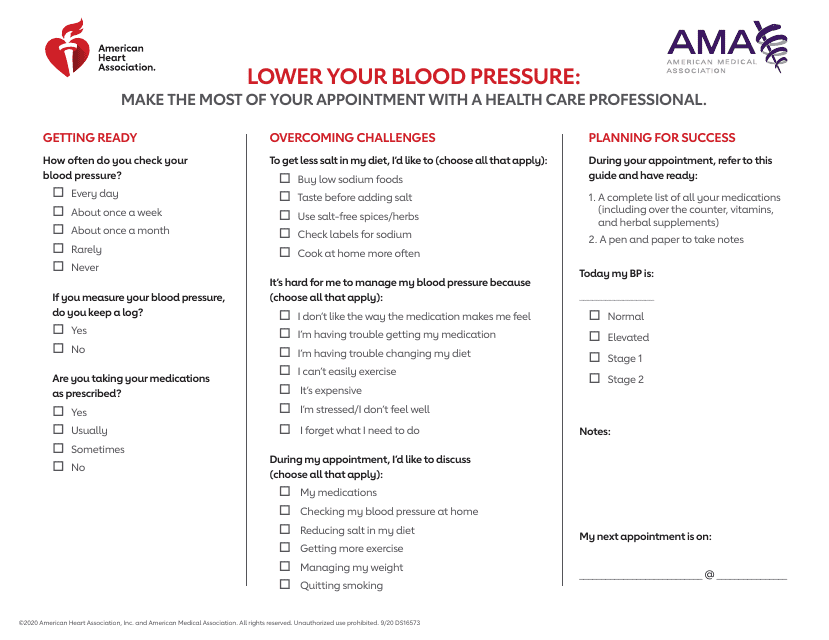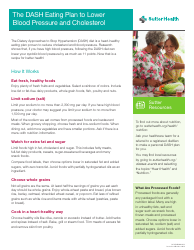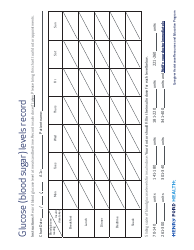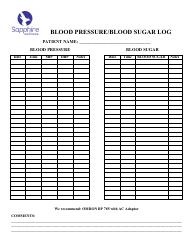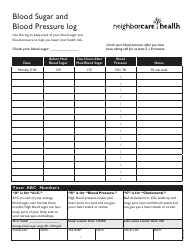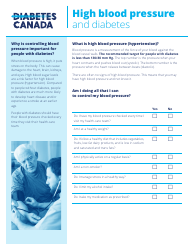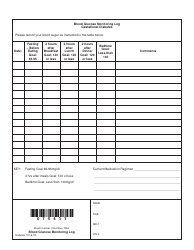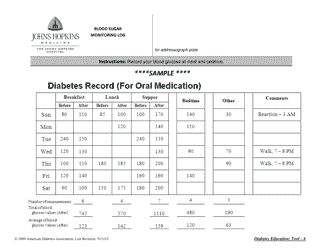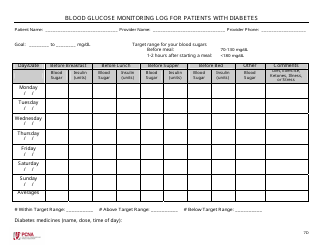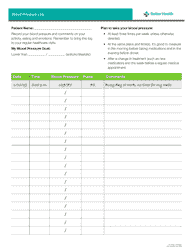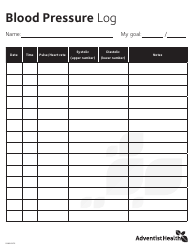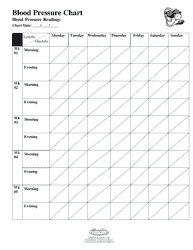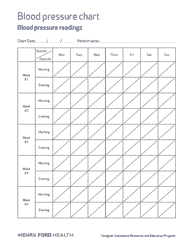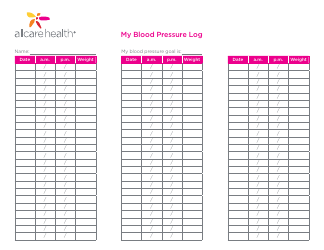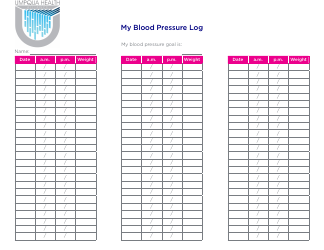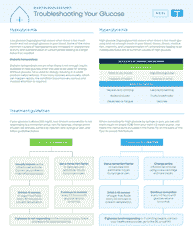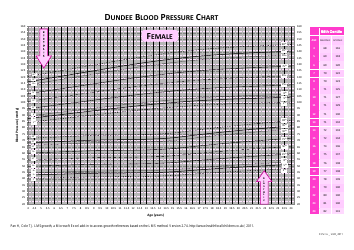Blood Pressure Lowering Checklist
A Blood Pressure Lowering Checklist is typically a document or guide that provides steps or actions that a person can take to help lower their blood pressure. This can encompass lifestyle changes, dietary modifications, and adherence to prescribed treatments. The aim of this checklist is to assist in maintaining normal blood pressure levels and reduce the risks associated with hypertension, such as heart disease and stroke. It may also contribute to overall cardiovascular health. It is commonly used by individuals diagnosed with hypertension or those at risk, under the guidance of healthcare professionals. However, EACH country could have its unique document or guidelines for lowering blood pressure based on their healthcare system and practices.
In the United States, a "Blood Pressure Lowering Checklist" may be used by healthcare providers, particularly physicians and nurses. This checklist will typically be used to monitor a patient's blood pressure levels and their response to medications or lifestyle changes aimed at lowering high blood pressure. The person who is responsible for filing this document would usually be the healthcare provider who administered the check. This may vary depending on the procedures followed in each healthcare establishment.
Remember, if you have concerns about your blood pressure, it is always best to consult with a healthcare provider. They can provide you with a personalized plan and monitoring strategy tailored specifically to your needs.
FAQ
Q: What is blood pressure?
A: Blood pressure is the force of blood pushing against the walls of your arteries, which carry blood from your heart to other parts of your body. It is measured in units of millimeters of mercury (mmHg) and is represented as two numbers, systolic over diastolic. Normal blood pressure is considered to be around 120/80 mmHg.
Q: What measures can be taken to lower blood pressure?
A: There are several steps you can take to lower your blood pressure. These include maintaining a healthy diet, especially one that's low in salt; regular physical activity; losing weight if you're overweight; moderating alcohol consumption; quitting smoking; reducing stress; and taking prescribed medication as directed by your healthcare provider.
Q: How does diet impact blood pressure?
A: A diet high in sodium, saturated fats, and cholesterol can raise your blood pressure, while a diet rich in fruits, vegetables, whole grains, and lean proteins can help lower it. The DASH diet (Dietary Approaches to Stop Hypertension) is often recommended for people trying to lower their blood pressure.
Q: Is physical activity beneficial for lowering blood pressure?
A: Yes, regular physical activity can help lower your blood pressure. Aim for at least 30 minutes of moderate-intensity activity, such as walking, cycling, or swimming, most days of the week.
Q: What is the effect of weight and alcohol on blood pressure?
A: Being overweight or obese increases your risk of high blood pressure. Similarly, regular, heavy use of alcohol can dramatically raise blood pressure and also damage the heart. Limiting alcohol consumption and maintaining a healthy weight can assist in managing and lowering blood pressure.
Q: Does smoking increase blood pressure?
A: Yes, smoking causes an immediate but temporary increase in your blood pressure and a longer-term increase in blood pressure levels. Moreover, chemicals in tobacco can damage your blood vessels, leading to higher risk of heart disease.
Q: How does stress impact blood pressure?
A: Stress can temporarily raise blood pressure. While the direct link between chronic stress and persistent high blood pressure isn't clear, stress may lead to certain behaviors that increase blood pressure, such as poor diet, alcohol consumption, and physical inactivity.
